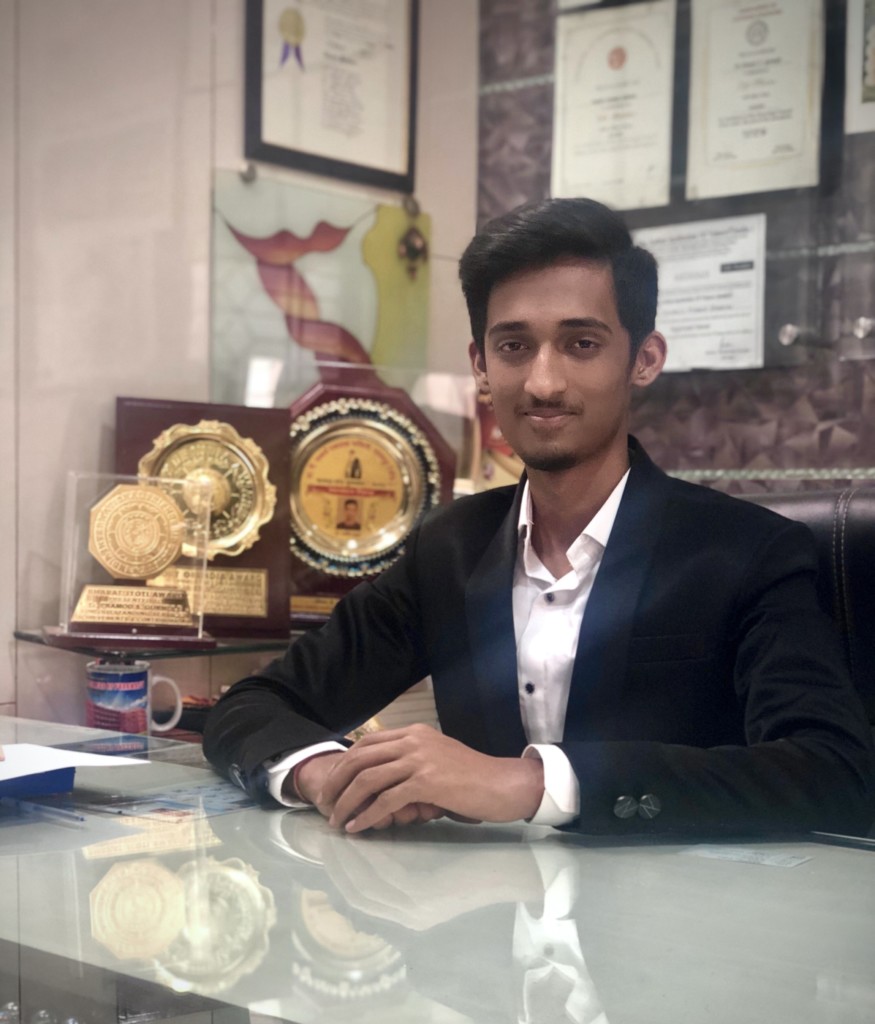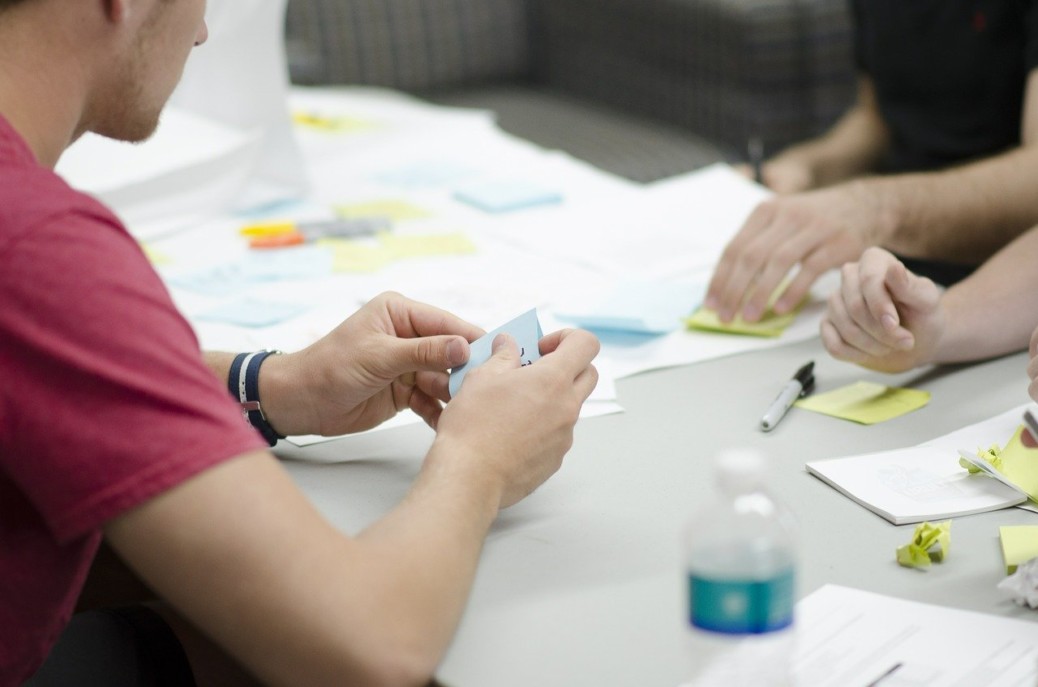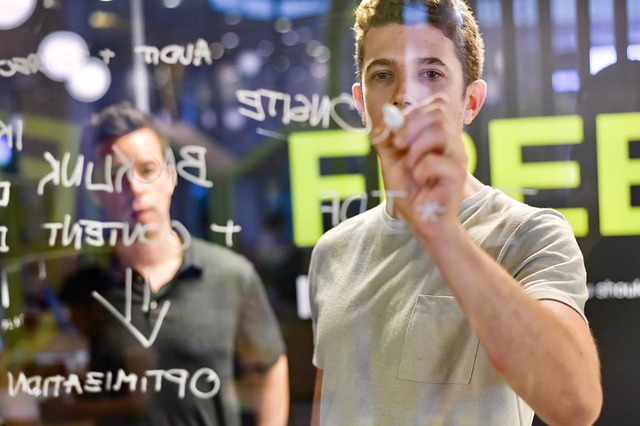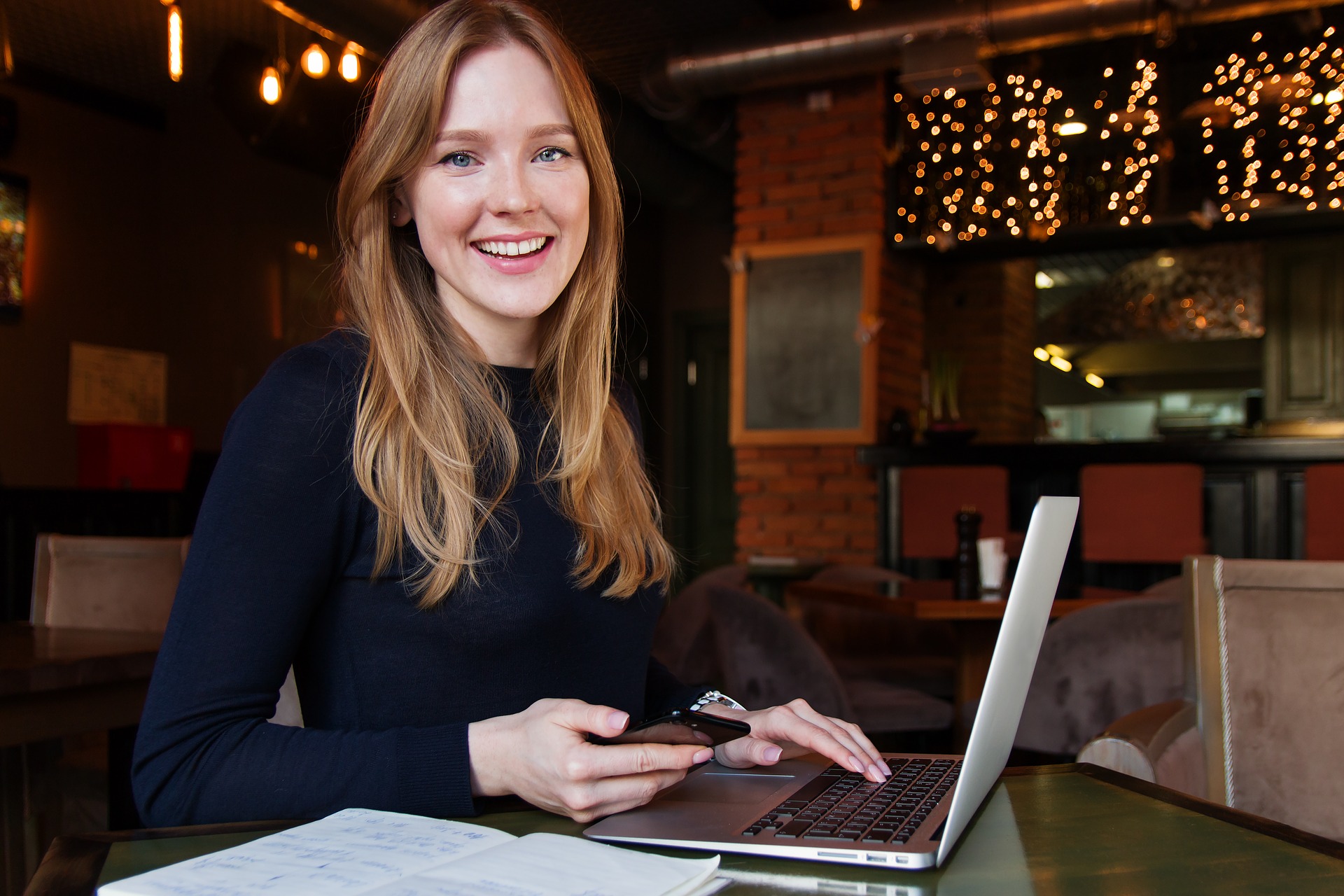Welcome to our success stories series.
This week, Kartik Gurmule shares how he co-founded 4 companies with his friend Terry McGinnis, and even raised USD 22 million in pre-seed funding for their startup, Tryft.
Kartik Gurmule is the Founder/co-Founder of 4 companies: KASA, Tryft, Rydable, and Soul Society. He is currently 18 years old, studying in 12th grade and managing the businesses alongside. Kartik Gurmule is born and raised in Nagpur, Maharashtra.
Tell us about KASA
KASA is an Italian luxury boutique with a collection of footwear and accessories launched in November 2018. Focused on making one of the most elegant footwear in the world, KASA uses blake-stitch techniques to make their products. Every shoe is handmade and hand-painted according to the customer’s needs. KASA collection includes over 270 designs ranging from USD 200 up to USD 5,000 per piece. Each shoe showcases the brand’s signature style and bears witness to the luxury lifestyle. All of the KASA’s collection is designed by professionals of the UK and are made in Milan, Italy. Our social media has over 260,000 followers because of the immense interests of Europeans, Asians, and Americans in KASA’s collection.
Why and how did you start KASA
I started KASA as my first company as 16 years teenager in the summer before high school, although it was not my first business. Since I was 12 years old, I traded social media accounts (Instagrams/Youtube) and gaming accounts, where I grew accounts with my friend and sold them to clients. We were making over $10,000 per month profit at that age.
When secondary school ended, I came to know about FlightClub, StockX, and Sneakerdon and got introduced to the sneaker culture around the world. With my connections made in the previous venture, I was able to get inside contacts in big sneaker brands who could supply me with the shoes skipping the waiting line. But, due to strict Indian customs and taxations, this business failed in the first month itself. I was able to import the shoes at my home but was unable to sell for a good profit because it charged high custom fees and high international courier charges as potential customers were in the USA.
Later, during a family trip to Italy, I wanted to buy myself some Chelsea ankle boot- the popular shoe of the day. Upon visiting the Italian factory where the boots were made, I noticed that each shoe featured buttons with elastic closures similar to the kind big brands produced in Italy and France. Inspired by the possibility of creating more jobs and improving the lives of residents, I decided to expand my interest in shoes. I dropped sneaker’s idea and researched the markets of derby, ankle boots, and loafers throughout the world. I was fascinated by the trends and demand because there are more people wearing shoes other than sneakers in comparison to people wearing only sneakers. I had an idea but no plan. Being a 16-year-old teenager at that time, I had no idea how international businesses work, and if my idea can be a success. I started slow, hired a few designers from the UK who helped me design some shoes for 2019 collection. Later, I contacted and shortlisted a few manufacturers throughout Europe and China. Fortunately, I was able to close deals with one who had locations in Milan as well as Guangzhou. It took me around six months to plan, convince the manufacturer, and create an ultimate website. I raised no funding in this business through venture capitalists; I used my savings from the previous venture and self-funded it. While entrepreneurship is my passion, product development, design, and marketing, were what I had always wanted to focus on.
After I was ready with the manufacturer and designs, it was the summer before high school, and hence, I had lots of free time to work on KASA. I created my Facebook Ads Account and created amazing GIFs, Videos, and Images. I was completely new to Facebook Ads, so I messed up at the start and lost huge money. Then, I learned it for a month using courses and websites and started it again. Surprisingly, it cost me 1/4th the amount it costed luxury brands to run the ads, which helped me select my favorite shoes and added those to the homepage. The most important thing was, the results told me that KASA has a good shot in the market and people like them.
I financed myself, did not take any dollar from parents or friends. I preferred to start a month late rather than seeking help from family/friends and launch it instantly. It cost me almost $5,000 per month of savings to test the products on Facebook. Within months of launch, we were able to increase our social media following by over 250,000 and email database by over 30,000. The launch helped me prove the concept to everyone around me and myself. I knew, one day, I want to build a KASA empire covering all elements of fashion. I was inspired by the brand Amiri and how Mike Amiri created that brand into a realm.

Kartik Gurmule
What has been the most significant success factors?
Our business had been entirely profitable since day one; it never went in a loss. We are aiming to provide the best quality anyone can find in any footwear. Therefore our manufacturing costs are high because we strive hard to get the best quality materials and craftsmanship from around the world. We believe in the customers who find themselves to be a part of the KASA community, and therefore, we spend heavily on customer support. 100% of our sales come from our website. We do not sell on Amazon or provide our footwear to department stores because we want to keep our brand identity like Louis Vuitton. We are planning to set up a physical store in New York / London in 2021 when we increase our collection.
FOR CUSTOM ORDERS of shoes (if select customers want something special in their shoes or their name mentioned in the branding alongside KASA), we custom make the order for special and VIP clients, which takes around ten days to be made all by hands and painted. Our long term goal is to develop a KASA empire with collections ranging from clothing to shoes.
All in all, the most significant success factors were the marketing efforts, months of handwork to create the ultimate website, decision to keep brand identity rather than sending the shoes to a departmental store, and patience.
What are the biggest challenges you have faced launching and running the company
Being a teenager and full-time student in high school, I was unable to visit the manufacturers or their fairs in person. I was lucky enough to find the manufacture through the connection I made in my previous venture.
I originally wanted to manufacture the footwear in the UK or France, but when I contacted them, I had a little trouble because of my age factor. Almost every person I talked to didn’t take me seriously, being a 16-year-old teenager. The age factor caused me a lot of difficulties in nearly everything in this business.
Which do you think is most important: the right market, the right product, or the right team?
In my opinion, the right team is the most important factor in any venture. My vision towards the brand inspired my team to work with me with passion and affection. This also helped us spread the word more quickly and grow organically. Deciding something as a team behind the venture and not alone includes opinions of all the participants who helped build the venture. It is the most pivotal factor, as, with a proper team, one can build tens if not hundreds of successful businesses and projects in their lifetime.
Final words for those chasing the startup dream
I started the business when I was 12 years old. When my friends were busy playing games on their parent’s cellphones, I was busy learning C# and developing/creating games using Unity and Unreal Engine. I became a certified Web Developer at the age of 13 and started building websites for fun (one of them being a place where my friends from class can connect by tapping on their photos). After launching KASA, I also partnered with a friend from the UK named Terry McGinnis, with whom I have started three new ventures – Soul Society, Rydable, and Tryft.
“Soul Society” is an upstart fashion/art brand from U.K./Japan to be launched in fall-2020. Soul Society was started as a way to focus more on the artist rather than the art. Most people would focus on the art piece itself; we feel that by doing this, a lot of people unnoticed the artist and what they went through to create the piece, whether it’s a painting, a song, or clothing. Soul Society aims to highlight the artists themselves and tell their story, whereas most brands would tend to ignore it and capitalize on the work, forgetting the artist. Their whole slogan is, “Art isn’t something. Art is Someone.” We aim to enhance the works and designs of the artists who are under-appreciated through a medium of collective apparel.
Later in 2019, we founded Rydable, which is the online retail of Samsung powered electric skateboards, vehicles, and bikes whose speeds go unto 80kmph and mileage of 120km per charge. We have raised over USD 1.1million from private venture capitalists as seed investment. Within only a few weeks of promoting the page, they have over 200,000 followers on their Instagram channel.
In 2020, we decided to launch something big and unique. We identified that sustainability and cleantech are essential in today’s world. Tryft is an upcoming eCommerce platform that aims to connect buyers with individual sellers and manufacturers from all around the world. Tryft seeks to increase the re-usability of products, decrease waste, and provide the best deals possible via the introduction of brand new and ecologically friendly alternatives to high-cost brand goods at ‘thrift’ prices from our select suppliers. We have raised USD 22 million in pre-seed funding as per CrunchBase and is incorporated in Malibu, California.
The reason I want to tell about my portfolio and ventures is that I believe that one can always grasp the opportunity to start early in life and create a name for themselves even before they can become an adult legally. The tip I’d like to share with the readers is that one should never fear failures. Sometimes stakes are high; failures can even end careers and bright futures of people, but if we see in a broader perspective, every 36 hours, a person is becoming a billionaire, and the world has lost count of the millionaires. There are enough sources/methods by which anyone can make money in today’s world. In the end, it’s not about how you make it, but how much you make. The most important thing I think one should keep in mind before starting any venture in the 2020s is that these are the years when anything ecologically and environmentally friendly can quickly get traction and be a success. People should not invest their own money by borrowing loans but instead raised funds through contacts, because although the risk is high, losing 40% of a company is always better than failing and being bankrupt.










